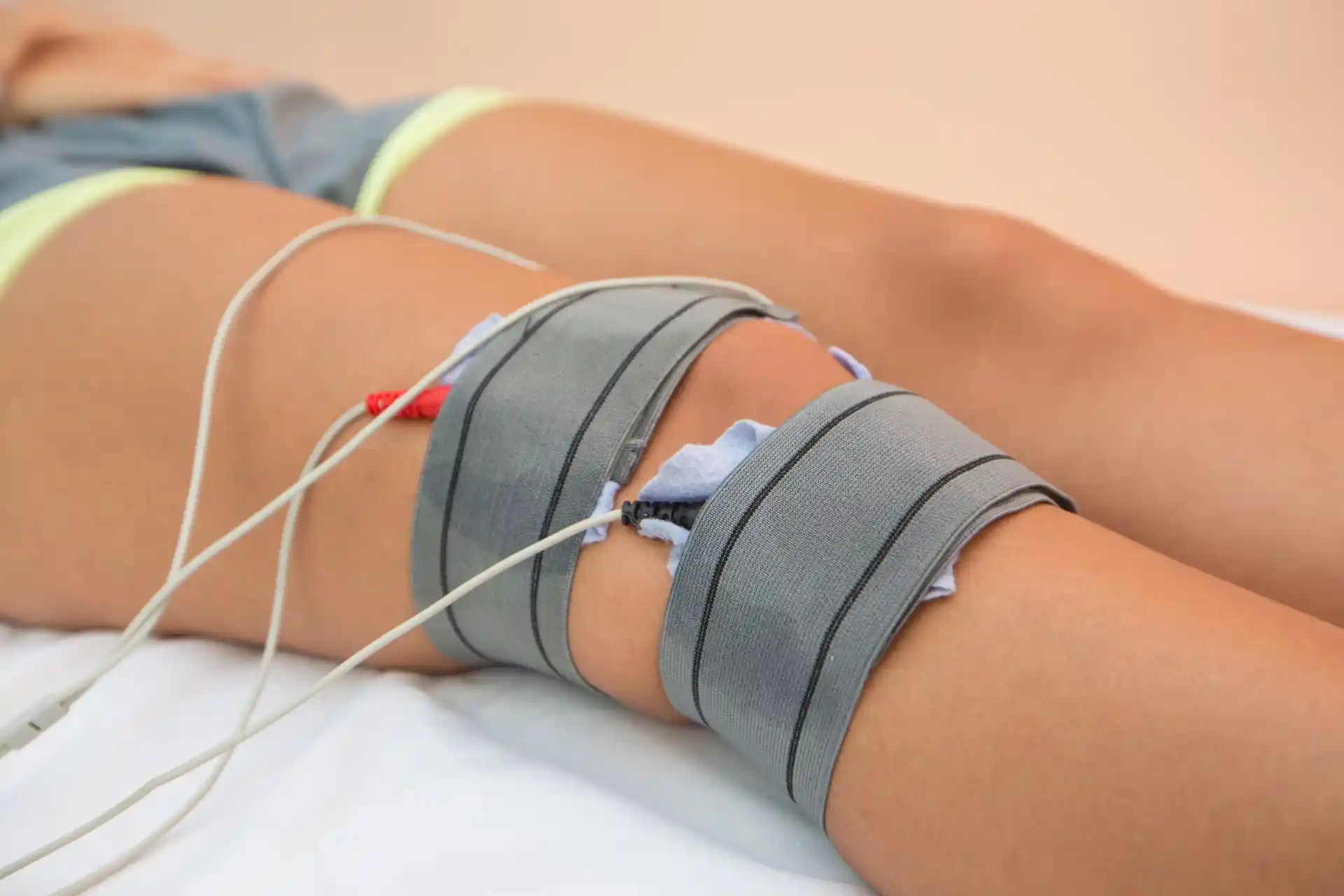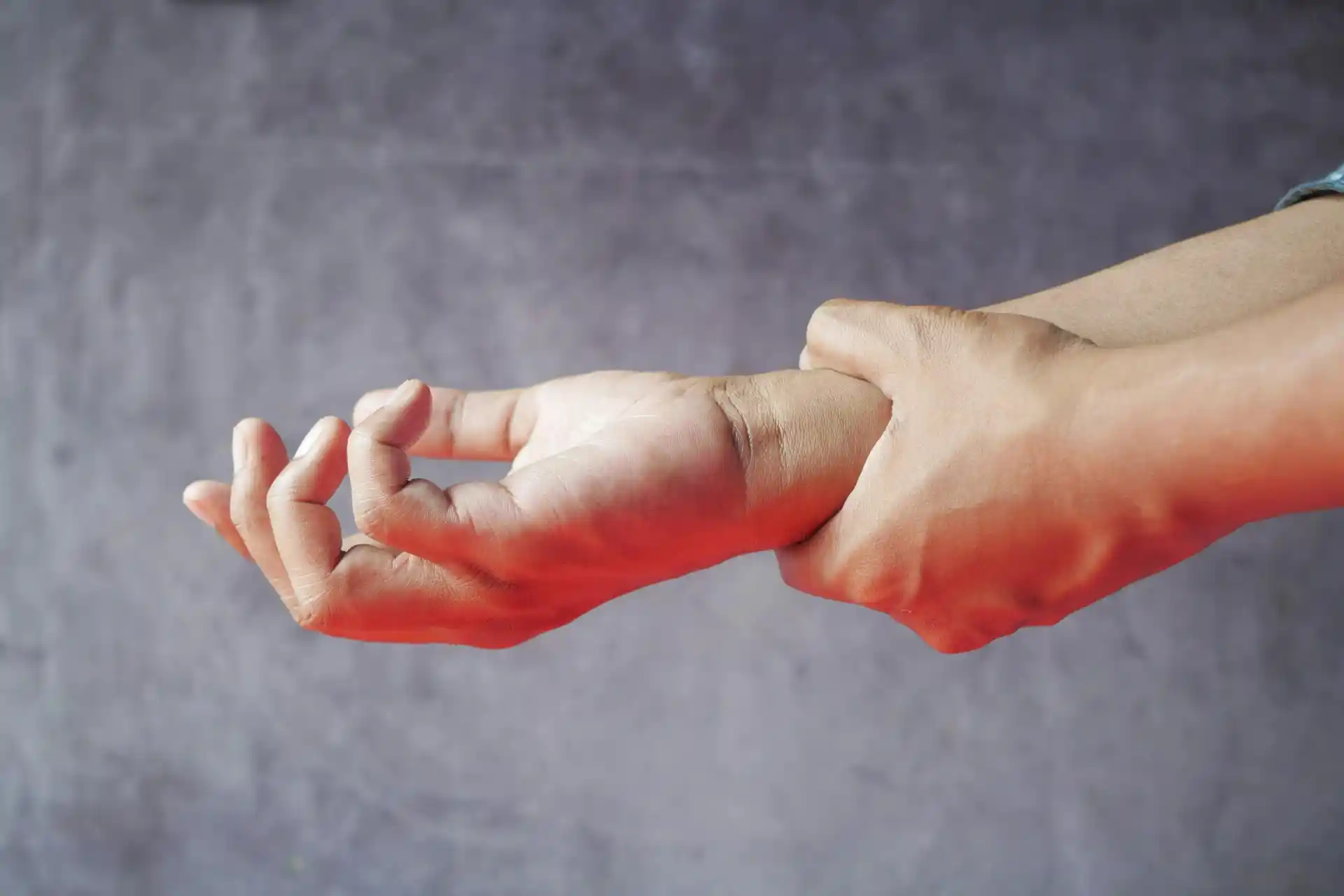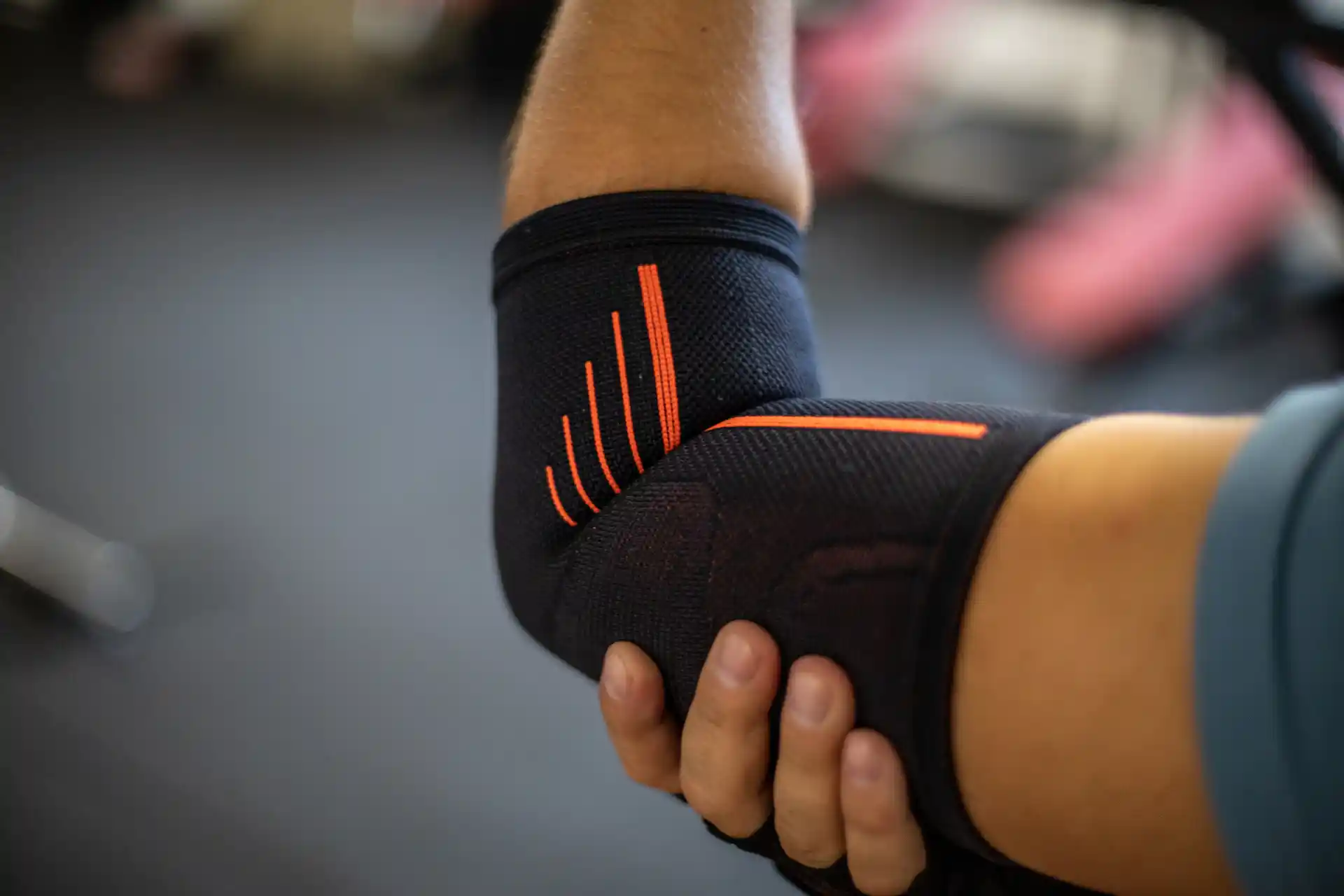If you are exploring ways to ease your nerve injury symptoms, you are not alone. About 2.4% of people worldwide experience some form of peripheral neuropathy, a type of nerve disorder that can bring on tingling, burning, or weakness in your arms, legs, hands, or feet.
When nerves become damaged—whether through trauma, prolonged stress, diabetes, or other conditions—you might notice daily tasks get more difficult.
Below, you will find a balanced overview of what causes these types of injuries, the main symptoms to watch for, and a range of treatment options. You will also see how specialized centers create personalized care plans.
Grasp The Basics Of Nerve Injury
Nerve injury refers to damage that harms how nerves send and receive signals in your body. Nerve injuries are often grouped into three main types:
- Neuropraxia: The mildest form, in which the protective covering of your nerve is disrupted but the nerve itself typically remains intact.
- Axonotmesis: The axons, or nerve fibers, are damaged, but the surrounding connective tissue may still be partly intact.
- Neurotmesis: The most severe category, where the nerve is completely cut or destroyed, making recovery more complicated.
Peripheral neuropathy, the broader term for conditions affecting nerves outside the brain and spinal cord, can develop for a variety of reasons.
One important detail is that time matters with nerve injuries. If a nerve is only mildly damaged, your body can often heal on its own over several weeks or months. More serious damage might require medical interventions, such as a nerve graft, to reconnect or repair the affected area.
By understanding these classifications, you can begin to recognize the complexity of nerve function and the varying paths to recovery.
Recognize Common Causes And Symptoms
It helps to identify the typical causes of nerve damage so you can address them early and possibly avoid worsening the issue. Common factors include:
- Trauma And Accidents: Falls, vehicle collisions, and sports injuries can compress or crush nerves.
- Chronic Conditions: Diabetes, smoking, and high blood pressure can reduce blood flow to nerves, contributing to damage over time.
- Nutritional Deficiencies: Low levels of B12 or B6 might lead to tingling or numbness.
- Overuse: Repetitive motions and improper ergonomics can stress nerves, especially in areas like the wrist or elbow.
Some people notice a persistent burning, tingling, or numbness in their hands and feet.
You might also experience muscle weakness or even changes in how you sweat—these are signals from your body that a nerve might be struggling.
If you find yourself asking whether ongoing discomfort or tingling in hands and feet is normal, it can be a key sign to seek medical evaluation.
Keep in mind, up to half of all people with diabetes will face peripheral neuropathy at some point.
If you have preexisting conditions like diabetes or arthritis, consistent monitoring of your sensation and movement can alert you to changes right away.
Explore Treatment Methods
Treatment for nerve injury varies widely depending on severity and the specific nerves involved, always consult with a healthcare professional before starting a new treatment regimen for your nerve injury.
Non-Surgical Approaches
- Physical Therapy: Guided exercises and stretches help rebuild strength, improve range of motion, and reduce pain. This approach is often used for issues like carpal tunnel syndrome or mild nerve compression.
- Medications And Supplements: Depending on your condition, doctors may prescribe pain relievers or anti-inflammatory drugs. B12 injections can help if you are deficient in key vitamins.
- Lifestyle Adjustments: Eating a balanced diet and reducing alcohol intake can protect your remaining nerve function. If you have diabetic neuropathy, consistent blood sugar control is essential.
- Splints Or Braces: These devices offer support and keep you from placing stress on the injured nerve, especially useful for hand or wrist conditions. Read up on our article on nerve entrapment and carpal tunnel braces to learn more.
Seek RELIEF®
RELIEF® is a science-backed treatment that targets dysfunctional fascia, which may contribute to nerve irritation and peripheral neuropathy.
Using a gentle technique called hydrodissection, RELIEF® releases adhered fascia and soft tissue that can press on nerves—helping reduce tingling, burning, numbness, and pain associated with peripheral neuropathy conditions.1-7
RELIEF® is a minimally invasive alternative to traditional treatments and does not require steroids, long-term medication, surgery, anesthesia, or post-procedure immobilization.
Advanced Interventions
- Nerve Stimulation Therapies: Electrical nerve stimulation can reduce certain forms of pain by interrupting abnormal signals in the nerve.
- Nerve Blocks: A targeted injection of anesthetic can help calm overly active nerves and offer temporary relief if pain is severe.
- Surgery: If a nerve is severely compressed or torn, surgery might be your best route. Procedures like neuroplasty can remove scar tissue around a nerve, while nerve grafts replace damaged sections with healthy nerve from elsewhere in your body. Surgeons might also enlarge a tight tunnel-like space to relieve the pressure on the nerve.
For many individuals, a combination approach is most effective. You might pair physical therapy with small lifestyle tweaks, or try a nerve block to manage intense pain before engaging in an exercise program.
If you have nerve damage symptoms that do not respond to these remedies, an evaluation at a specialized center will help map out next steps.
You can also read about ways to boost recovery at how to repair damaged nerves naturally, though it is important to confirm any natural remedy and supplement use with your healthcare provider first.
Consider Specialized Treatment Centers
While local clinics can handle many nerve injuries, you may want the extra assurance of a facility deeply focused on neurology and physical rehabilitation.
A well-rounded team can provides coordinated care from neurologists, orthopedic surgeons, physical therapists, radiologists, and more (Cleveland Clinic). This means you will likely receive:
- Comprehensive Diagnostics: Modern imaging, nerve conduction tests, and lab work help pinpoint exactly which nerves are damaged and why.
- Personalized Plans: Customized exercise programs or nerve blocks can be tailored to your specific level of function and pain tolerance.
- Leading Research: With one of the largest clinical trials portfolios in the world, Cleveland Clinic offers newer treatments early in their development cycle.
- Ongoing Support: After any procedure or therapy session, you will typically have follow-up assessments and easy communication channels with your care team.
Surgeons might perform electomyography (EMG) testing directly on the nerve during surgery to check if function is returning.
If you compare different facilities, look for those offering multi-specialty teams, advanced imaging, and a broad range of treatments from conservative to surgical options. Your comfort level matters, so a place that communicates clearly and follows up regularly can make your road to recovery smoother.
If you’re in the Miami area and seeking relief from peripheral neuropathy, contact us today to schedule a consultation.
Practical Tips For Day-To-Day Support
Managing a nerve injury at home or between therapy sessions can help you maintain—and sometimes even improve—your quality of life.
Consider these daily strategies:
- Stay Active, Within Reason: Gentle movements, such as swimming or using a stationary bike, may be beneficial. Engaging your muscles helps keep blood flow consistent without putting too much strain on affected nerves.
- Check Your Nutrition: Adding vitamins like B12 and B6 can be beneficial if you have deficiencies. Always verify with your doctor, though, since getting the right balance is crucial for nerve health.
- Reevaluate Your Work Setup: If you spend hours typing, an ergonomic keyboard and wrist support could keep repetitive stress injuries in check. Position your elbows and wrists at a neutral angle to minimize compression on nerves.
- Limit Harmful Habits: Alcohol can worsen nerve damage, and smoking hinders circulation. Cutting back or quitting can slow the progression of damage and might even alleviate mild symptoms.
- Try Gentle Self-Massage: Lightly massaging the base of your neck, forearm, or any tension spots around an affected limb can improve your circulation and reduce stiffness.
- Track Symptoms With A Journal: Noting patterns in your pain or numbness helps you and your healthcare provider see what triggers flare-ups. This can be a simple daily log of meals, activity, and symptoms.
Above all, listen to your body. If a certain movement leads to sharper pain, pause and discuss modifications with your physical therapist.
If you need deeper guidance, you can investigate a more structured neuropathy treatment plan that addresses your unique situation.
Consistency helps too—small everyday improvements can add up, making a substantial difference in your comfort over time.






.svg)